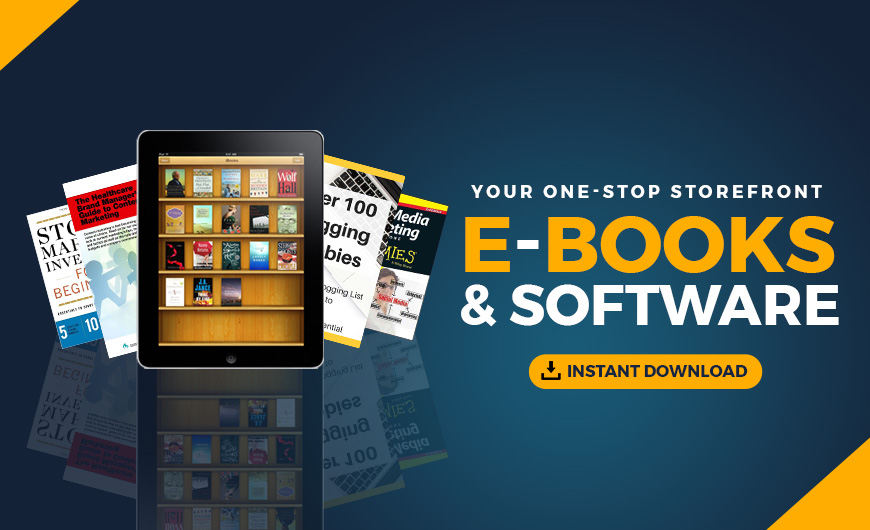A personal brand is more than a résumé. Your basic brand is more than an elevator pitch. It is more than a social media profile. Much more!
Your professional brand is a codified manifestation of your innermost self, organized as a formalized expression of your outside professional self.
It's a code of conduct that you adhere to in all of your interactions with and operations worldwide. So what's your strategy?
In the book and film Big Fish, the dying protagonist, Edward Bloom, relates his life narrative to his adult son, who later becomes the film's protagonist.
Because that son believes the narrative is a fabrication, he sets out to discover the identity of his “true” father before it's too late.
He learns that the tales weren't so many fabrications as accurate facts that he had filled in to fill in the holes in his recollection.
However, the tale also mirrored the Edward he wanted his kid to see and the Edward he wanted the rest of the world to remember him by.
Your brand is about you and for you, but its primary goal is to help you connect with other people.
With the use of narrative, the character built a persona that was bigger than life while yet being grounded in reality.
Personal brands are authentic and selected pieces of a person's narrative, attributes, and beliefs. You blend these to present your best self while meeting specific personal and professional objectives.
On the other hand, Edward's brand failed in this regard since it failed to fulfill his aim of winning over his one-person audience (at least until the very end, but we won't give anything away).
Your brand is about you and for you, but its primary goal is to help you connect with other people.
Throughout this section, we'll guide you step by step through the process of developing the brand that captures the best of you in a manner that connects with your intended audience.
What is a personal brand, and how does it work?
When it comes to brands, Seth Godin famously said that a brand is the collection of customer expectations and memories. Brands are tales and connections that, when taken together, explain why someone prefers one product or service over another.
Seth's description applies similarly to personal brands in that they influence a person's or company's choice to follow, connect with, employ, or collaborate with you somehow.
In this case, you are the finished product.
A personal brand comprises everything about you:
- Who you are.
- What you believe in, your talents.
- How you utilize those qualities to provide value to the lives of others around you.
Just getting started?
But what exactly is a personal brand, and how does one create one?
Essentially, it's your narrative.
It may be communicated in various ways and encompasses all of the methods in which you show yourself online, including the color scheme of your website, the opening music for your podcast, and the textual tone of your LinkedIn profile.
Like a company, you should develop a solid personal brand early to help you achieve your objectives — whether it's connecting the appropriate people to your cause or finding your dream job — at any stage of your career.
It also offers a template to make it easier to expand across platforms and projects in the future.
The following are the results of effective personal branding:
- It helps to establish credibility and trust with your audience. This may be beneficial for developing connections with them or securing commercial prospects.
- It also establishes you as an authority or well-known figure in your area or community.
- Your brand represents a genuine and long-lasting version of yourself and your personality.
- Except for job situations in which you play characters, your brand should accurately represent yourself that you can maintain throughout time.
- This may be slightly different from your genuine private personality, but it should still be identifiable as you.
- It gives your company or product a human face and a personal narrative. This helps buyers trust you since they can tell a natural person behind the brand.
- It's portable and smooth between platforms, and it's gotten plenty of publicity.
- You may maintain consistency in your narrative even when you are not in control of the situation. This might be the case with courting media coverage. You can do this by developing a set of personal brand rules, keywords, and graphic assets (for example, a press kit).
So be it!
The days of creating false facades are over. In this day of instant access to media, no one can keep up a fake impression for very long.
Be your most true version of yourself and trust that people will find it intriguing. Use your brand to concentrate on whatever trips your trigger. Others will take note!
The post Basic Brand appeared first on Personal Branding Blog – Stand Out In Your Career.
Source: Personal Branding Blog
Originally posted 2022-02-22 07:32:45. Republished by Blog Post Promoter
